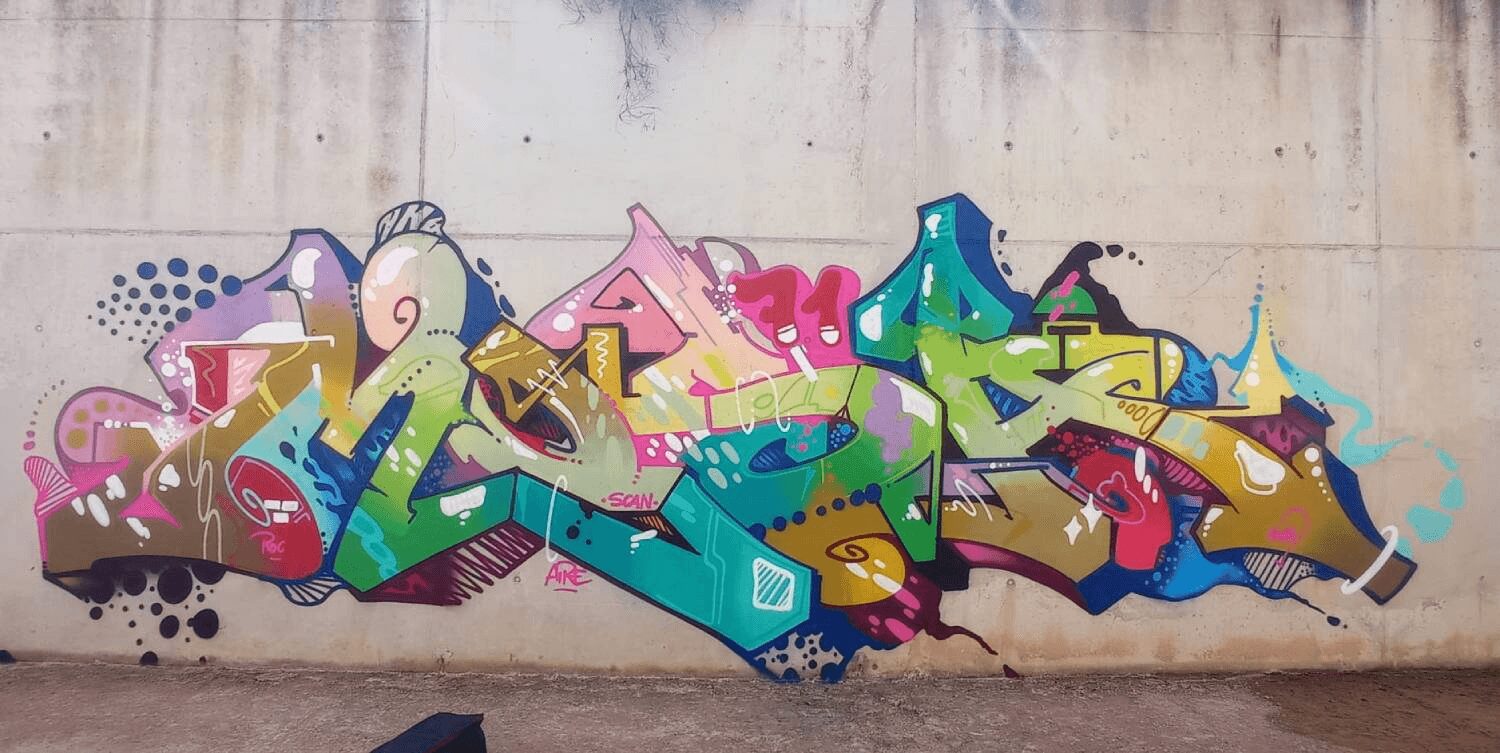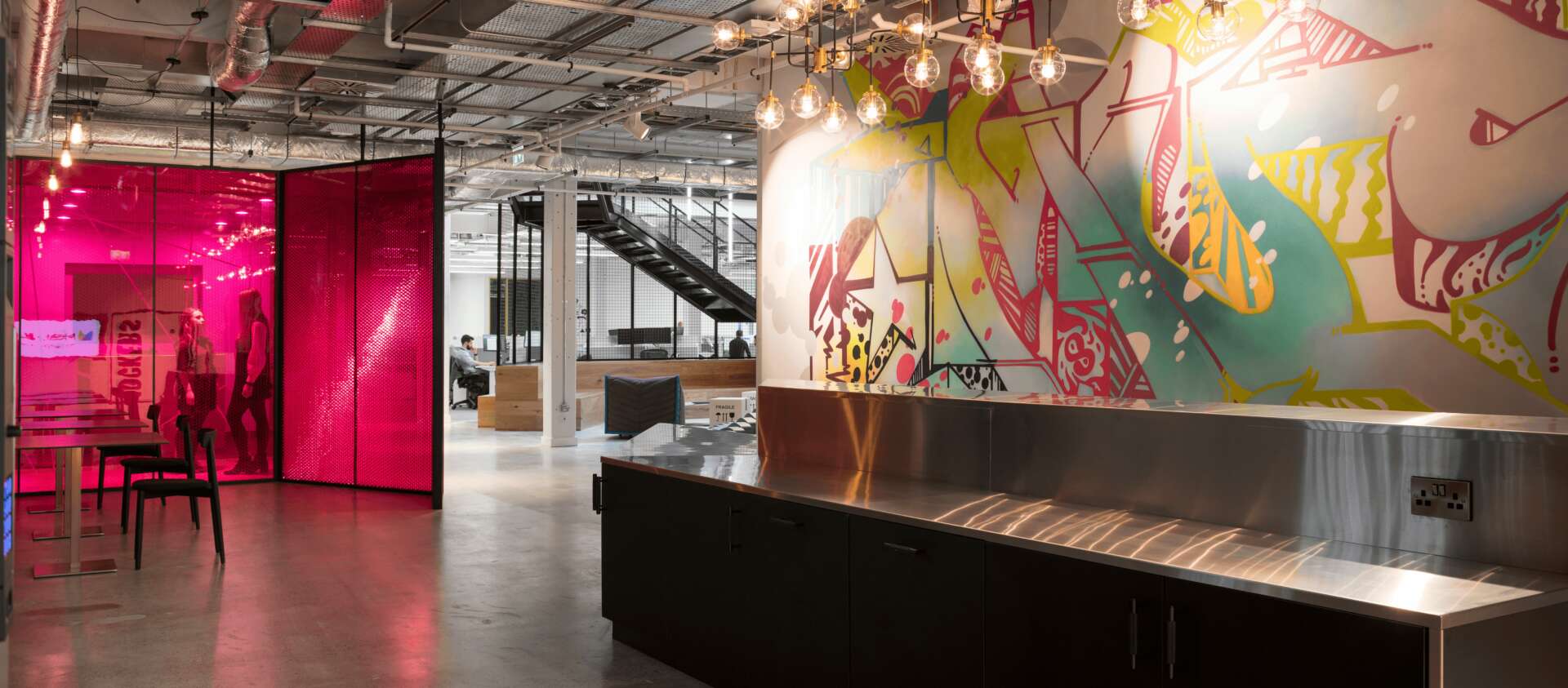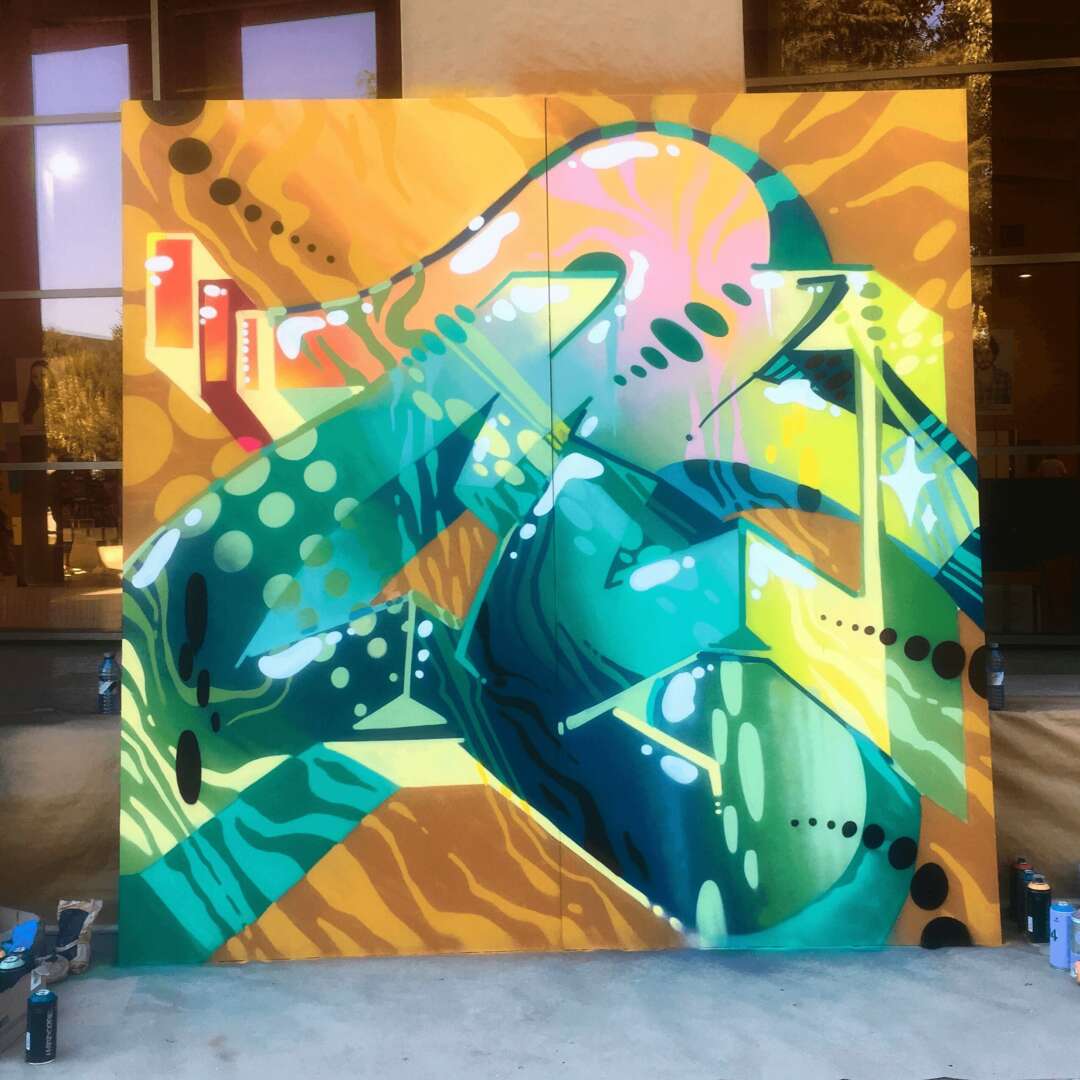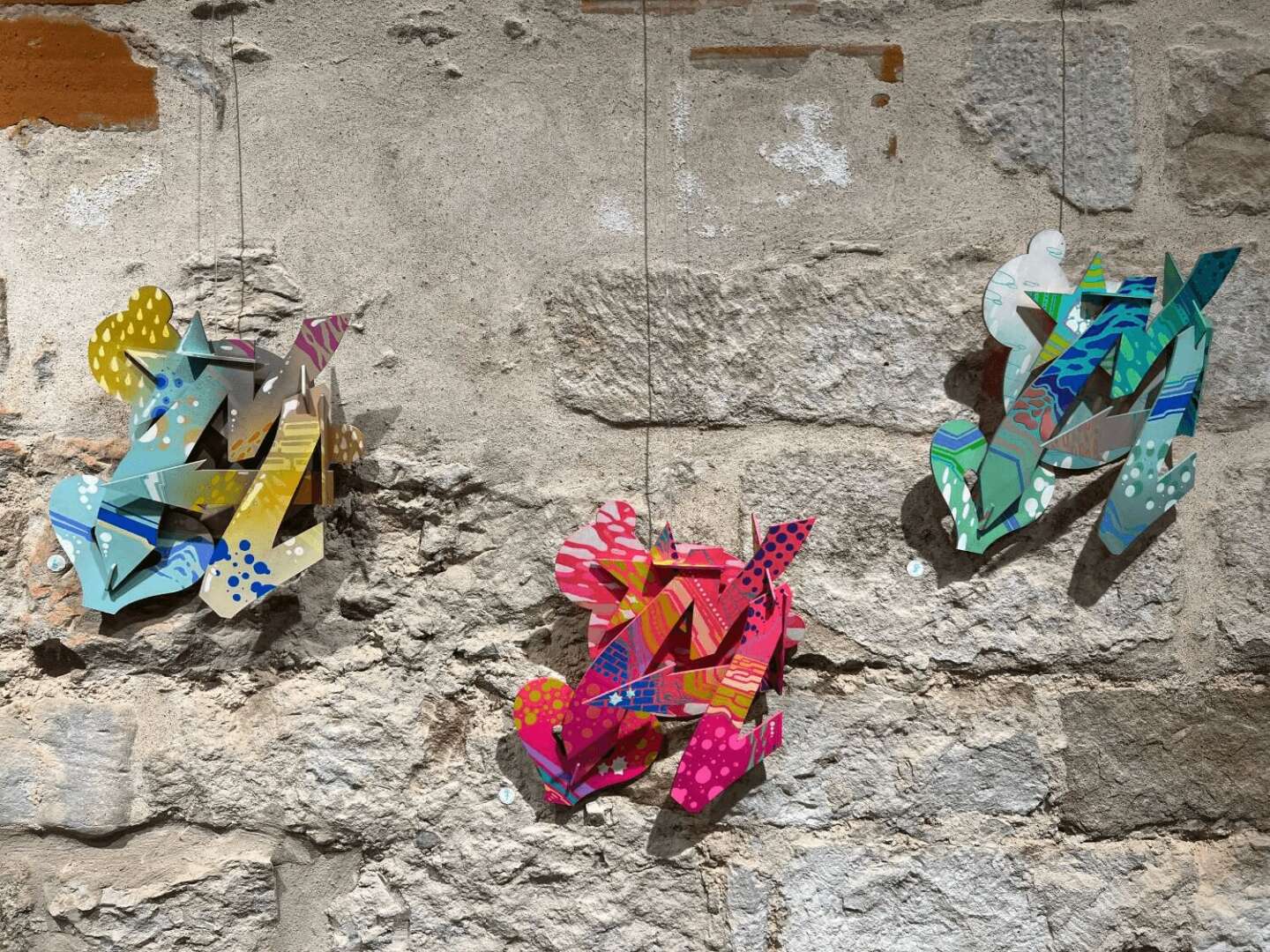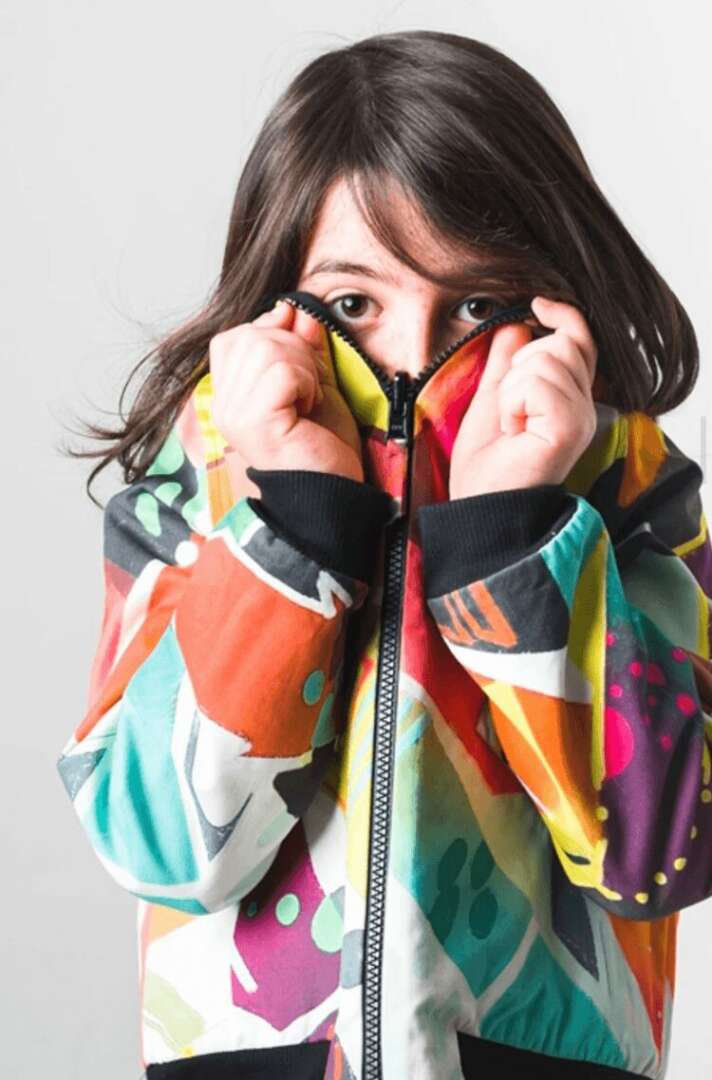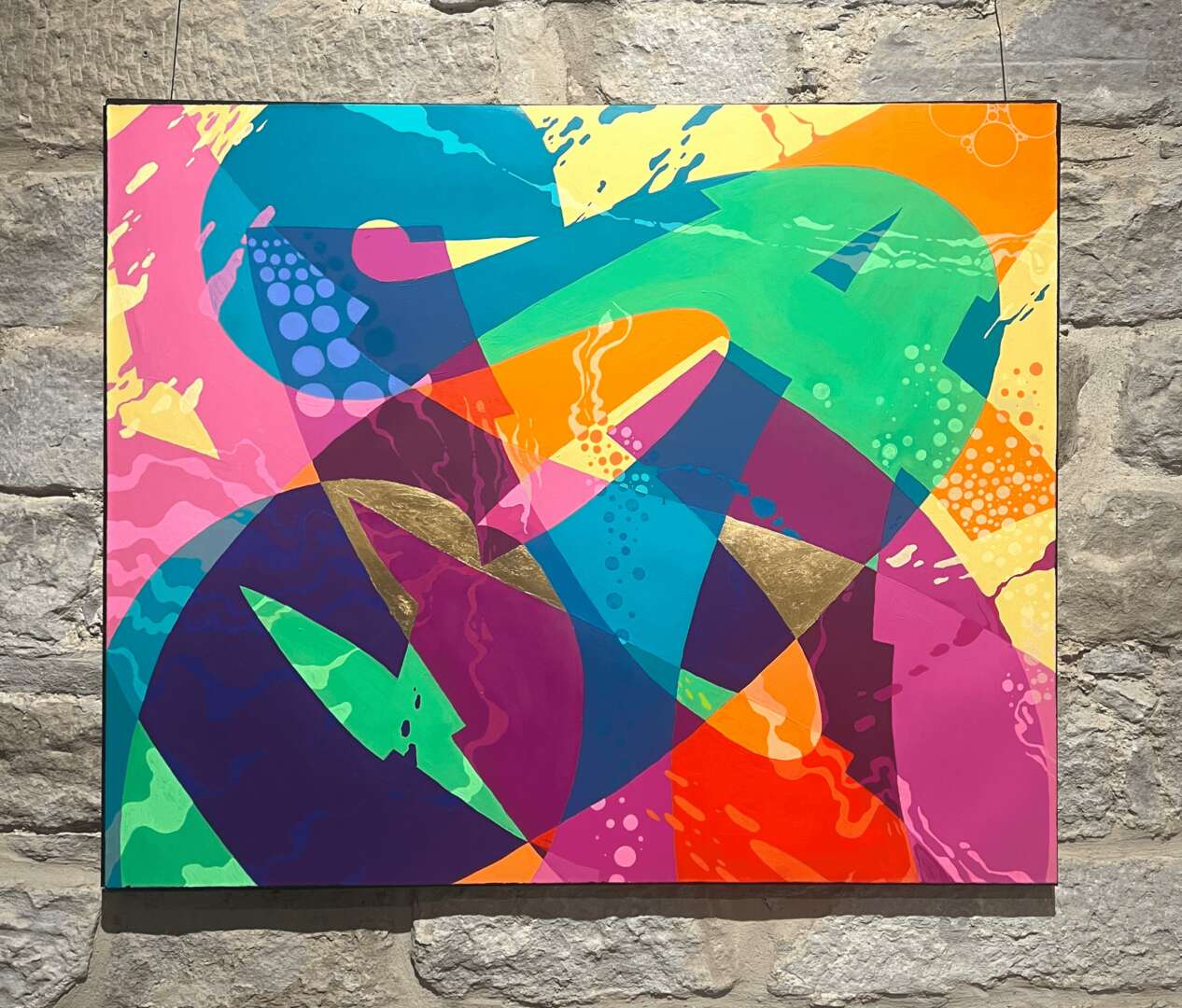We’re excited to introduce you to the always interesting and insightful María Cano Besa. We hope you’ll enjoy our conversation with María below.
María , looking forward to hearing all of your stories today. What’s been the most meaningful project you’ve worked on?
In the last few years I have participated in three projects that have changed my way of seeing things and art. The first one was to participate in the documentary “Las paredes hablan”, the posthumous film of the famous film director Carlos Saura. It made me understand how other disciplines saw graffiti, and recognized the capacity and creative need of those of us who paint.
The second project was to represent the area of Spain where I come from, Catalunya, at an art fair in Incheon, South Korea. There I realized how little is graffiti known in that country at a popular level. Many people asked us what we were doing while we were painting without understanding exactly what they were seeing. Graffiti there is not something people see often.
The third project was to participate in the Duo exhibition, where 10 artists, 5 from Spain and 5 from Holland represented with their techniques themes of culture, history… in the Straat Museum in Amsterdam. The kings of both countries inaugurated the exhibition. There I saw how, in certain social strata, it does not matter so much what you do, but with whom.
These three experiences have given me a unique and personal perspective on what the public thinks of an artist.
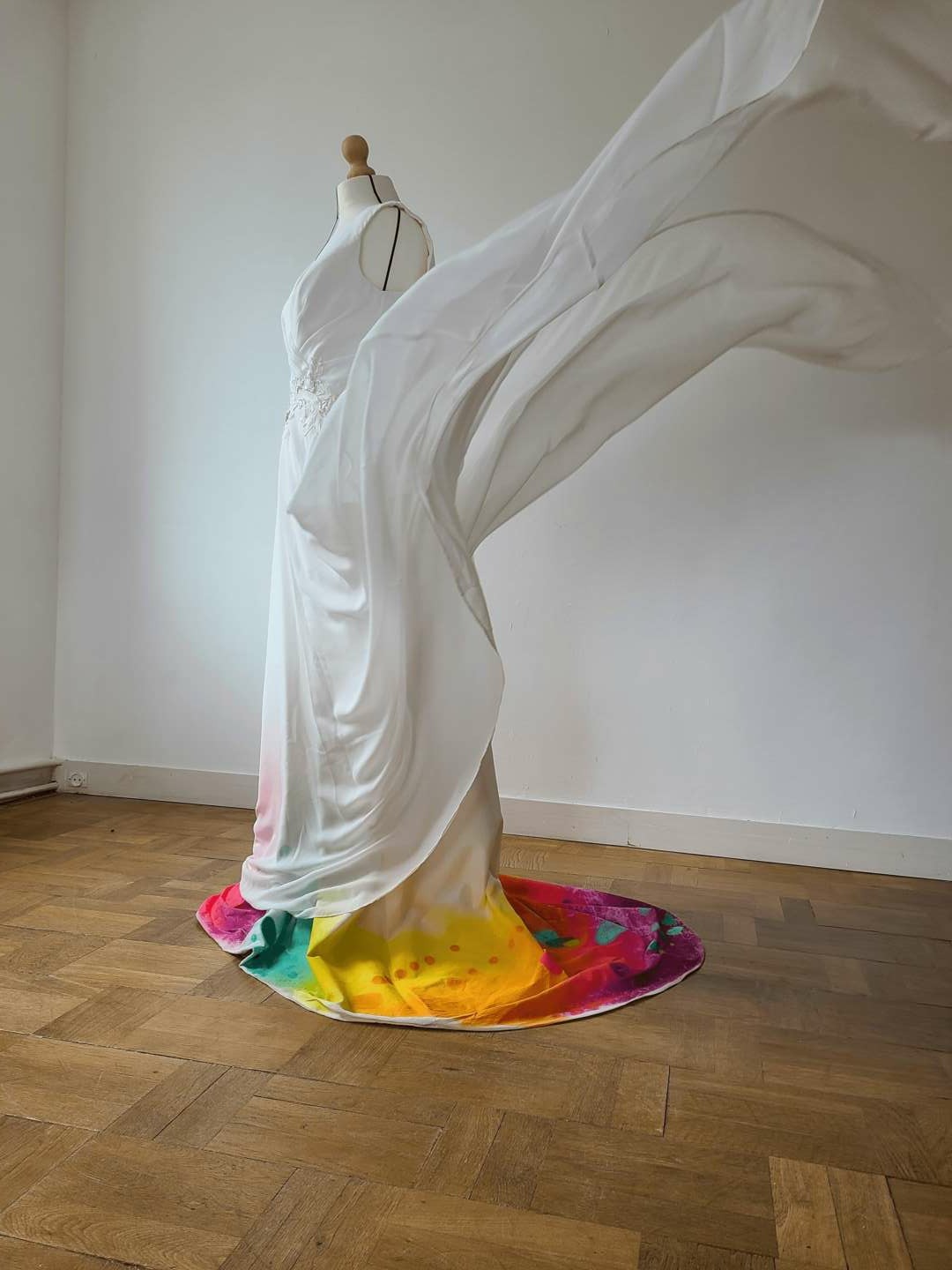
As always, we appreciate you sharing your insights and we’ve got a few more questions for you, but before we get to all of that can you take a minute to introduce yourself and give our readers some of your back background and context?
I was born in 1971 in Barcelona. I started painting graffiti in 1989. Spain was a country very marked by Franco’s regime. Graffiti was a breath of fresh air, with its colors and creative freedom, and I was hooked from the first moment.
At that time people didn’t know what graffiti was and you could paint almost anywhere. The city was filled with color and I was able to develop my style as time went by. I’ve always liked writing, in fact, my other job is writing texts: interviews, articles, etc, about graffiti related topics.
The letter, the word has always fascinated me. It exists because human beings invented it, and in my case, playing with letters and colors serves as a catalyst for moods. Through them, I try to solve the puzzle that I am.
I think that what people see in me is the search for that balance, that push of forces that the line works and that the color accompanies or softens. I believe that through what I do you can see the soul, but not only my soul, but I channel or communicate with those emotions that we all have. I am honest with what I do, and not everything is pretty. Not everything is perfect, because I’m not a machine and that unites me with people who like what I do.
Also my love for graffiti made me start, in 2021, a podcast – “Breaking The Rules”- where I compile the way of thinking, the history, fears and desires of Spanish graffiti writers. It is an attempt to keep the history, and to understand all the edges and facets of this art.
I am also writing a series of short stories where I tell my fictionalized experiences as a woman, a graffiti writer in the 90s.

What do you think is the goal or mission that drives your creative journey?
Well, when I started I didn’t think I was paving the way for the women who came later. It never occurred to me to think about the importance of representation in the development of an art scene. Now, that I am aware and I am of age, I think it is important that with my example it is understood, that graffiti is not an activity only related to youth. Artistic expression is something that accompanies us throughout our lives, it is a tool that accompanies us in all stages of life and helps us navigate through the changes.
On the other hand, those same changes make me gain perspective, and in a way, a wisdom that communicates with those who appreciate what I do. My goal is to connect and communicate. If in that way, people who like what I do want to expand that connection, and hopefully take with them a piece of me, that connects with a piece of their own being, wonderful. If that translates not on a personal level, but on a community level, even better, because it will affect more people.
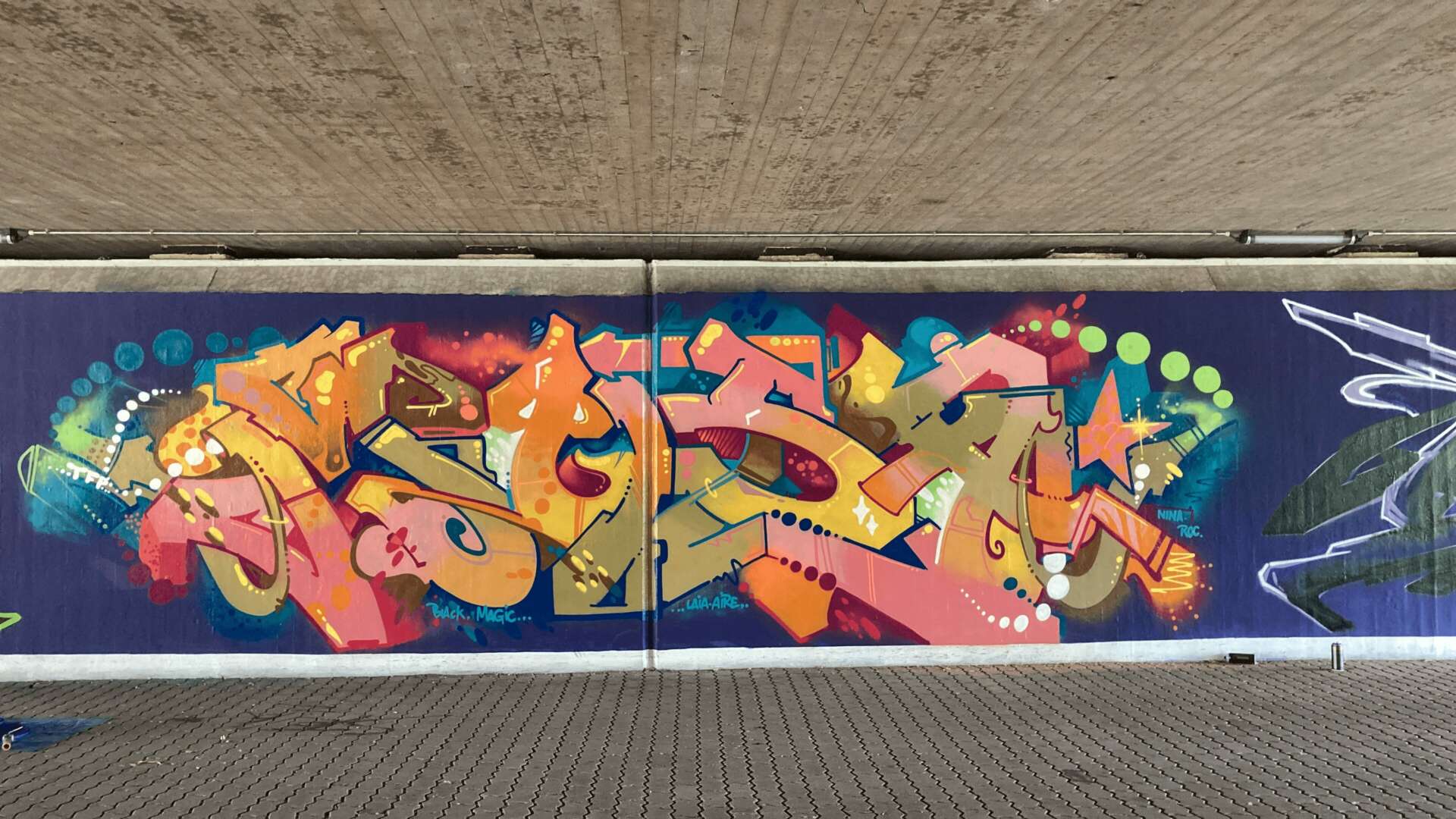
In your view, what can society to do to best support artists, creatives and a thriving creative ecosystem?
Recognize that artistic expression is important for everyone, both those who make it and those who receive it. That to me means that not everything people see is going to be pretty. Not everything creative is going to be liked, mainly because, unfortunately, we all have a shadow that provokes feelings and emotions that we don’t like, but on which light needs to be shed and not everyone, or at any time, is ready to see and appreciate it. However, a little openness and less judgment would be good for not only artists who paint “nice things” to get exposure and work.
Contact Info:
- Website: https://musa71.net
- Instagram: https://www.instagram.com/musa71_/
- Linkedin: https://www.linkedin.com/in/mar%C3%ADa-jos%C3%A9-cano-besa-musa71/
- Youtube: https://www.youtube.com/@Lulared
